We've got quite a collection of activity ideas for learning about materials and their properties so I've brought them all together in one very long post. If you have any more ideas, I'd love to hear them, so do leave a comment below. You could also share photos to the Science Sparks facebook page. Don't forget we've got 100s more great science investigations for kids you can try too!
These activities are perfect for Key Stage 1 Science in the UK, but also fun for children of any age anywhere in the world.
Materials and their Properties Experiments
Grouping Materials
Try placing different household objects into an opaque bag and asking children to guess what the object is using their sense of touch, which features of the object lead them to their guess?
Make different types of musical instruments, maracas, drums and maybe a guitar and ask the children to match the sound to the instrument.
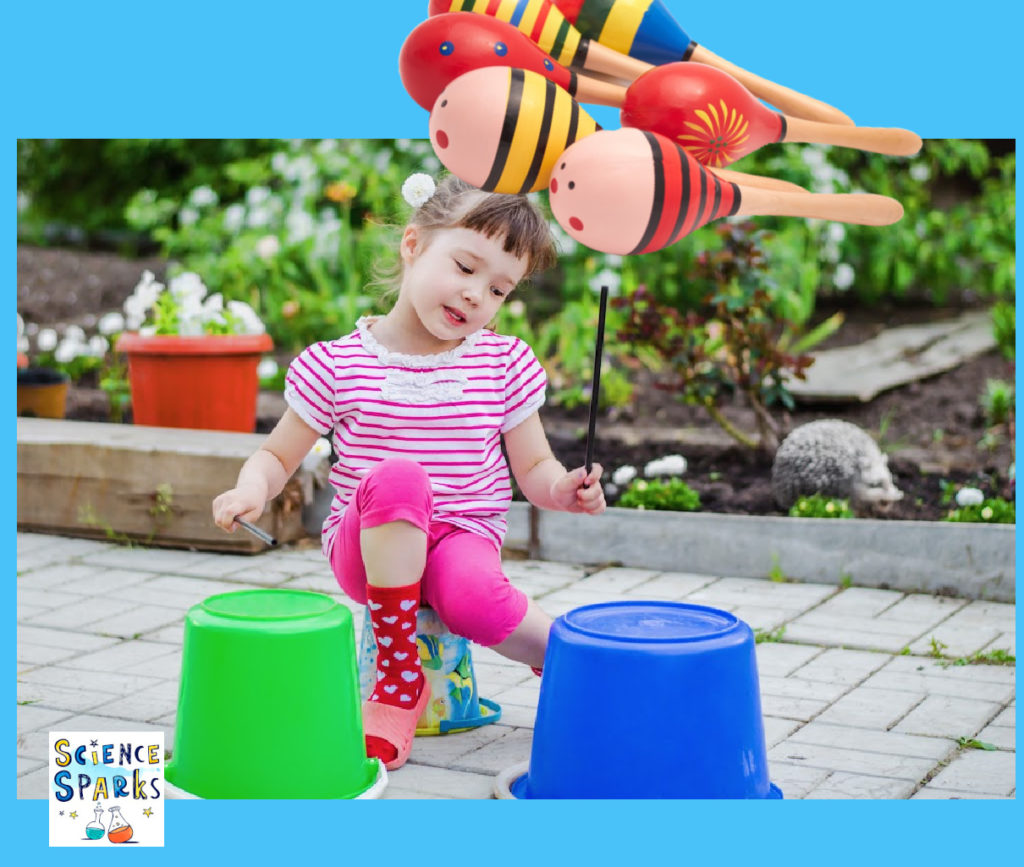
Try gently banging wooden, plastic and metal items on a flat surface, how does the noise differ between each? Can you use this property to categorise the objects?
Test objects to see if they're magnetic, you could even make a magnet maze.
Try sorting a group of toys into metal, plastic, wood and fabric. As a twist on this we sorted Ariel's cave too!
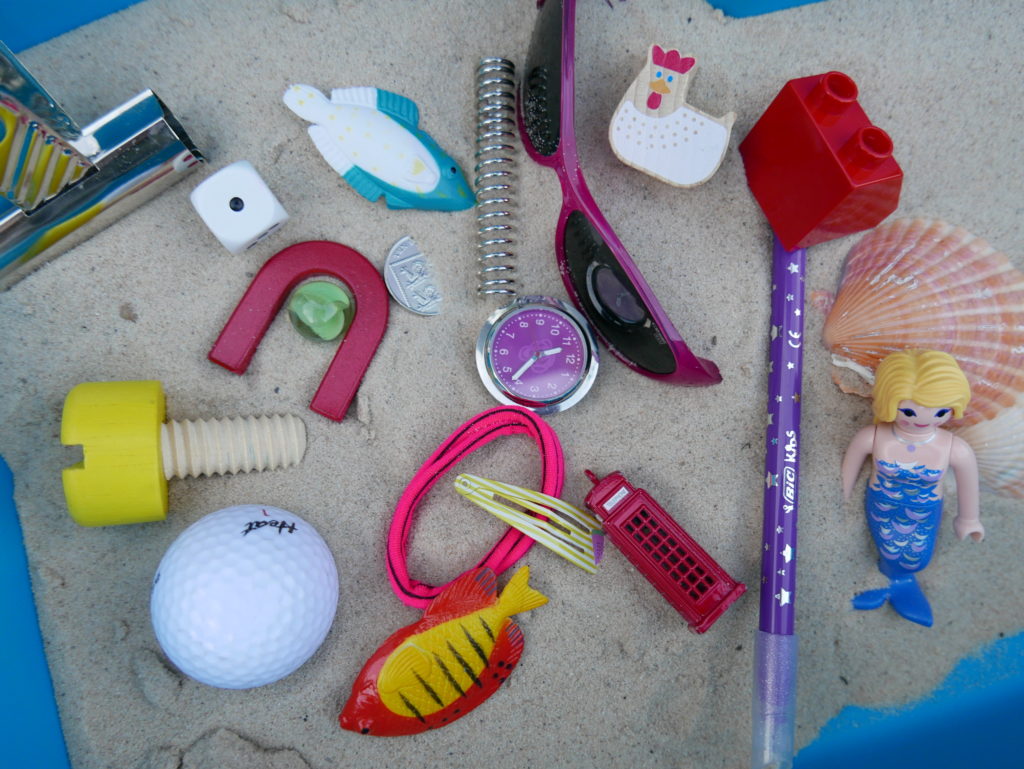
Practice squashing, stretching and pulling different materials to change their shape. Try play dough, fabric, paper, soft balls. Do they break? Do they go back to their original shape?
Changing Materials - Science for Kids
Learn about how heat changes chocolate by making rice krispie cakes or chocolate leaves.
Find out what happens to ice when it melts, you could even make some slushy drinks.
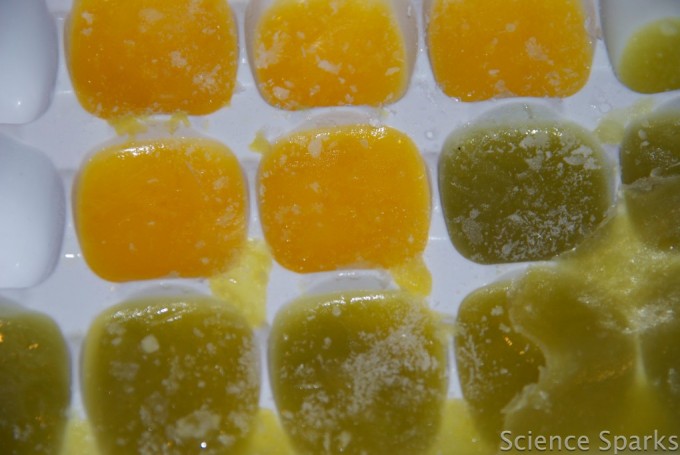
Trying freezing different food materials, water, syrup, bread, milk etc. Do some take longer to freeze/defrost than others?
Melt sugar and make honeycomb.
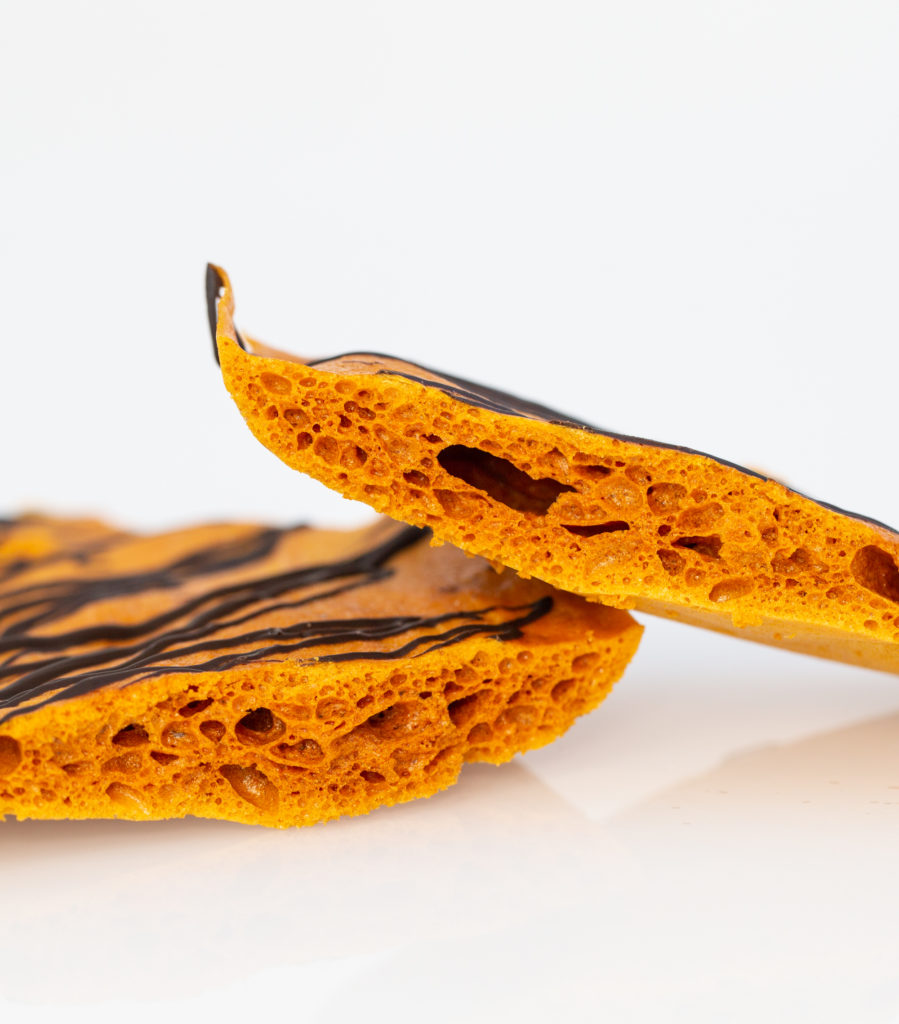
Transform cream into butter. This takes a bit of hard work, but is worth it to see the change,
Properties of Materials
Investigate which materials make the best hockey puck.
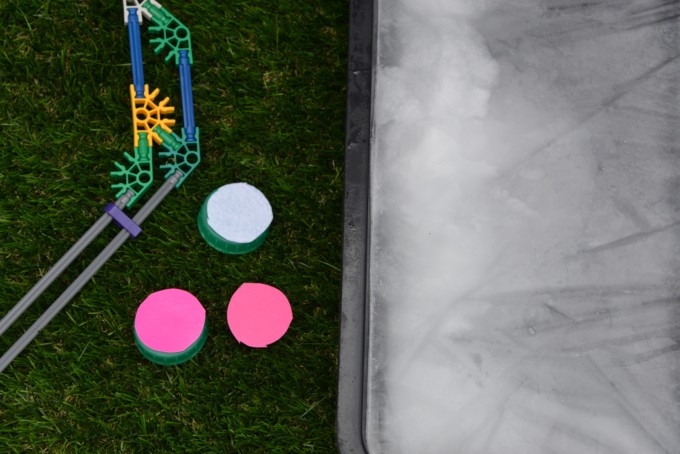
Discover the best material for a superhero cape or a fairy wand?
Can you make a superhero float using materials from around the house/school? We used pool noodle bits to make Spiderman float.
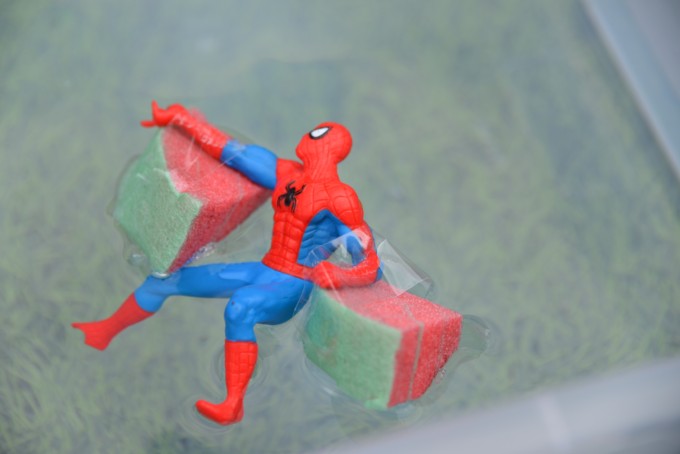
Make your own marshmallow Olaf and test which substance sticks him together the best.
How about designing and building a wooden bed and a mattress for the Princess and the Pea.
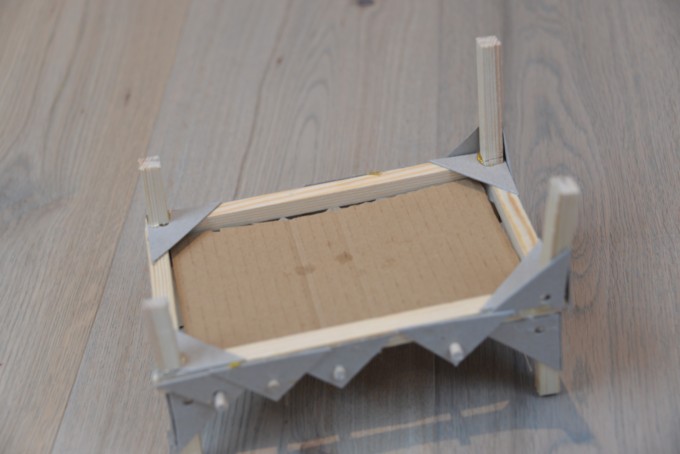
Design and build a cardboard kitchen.
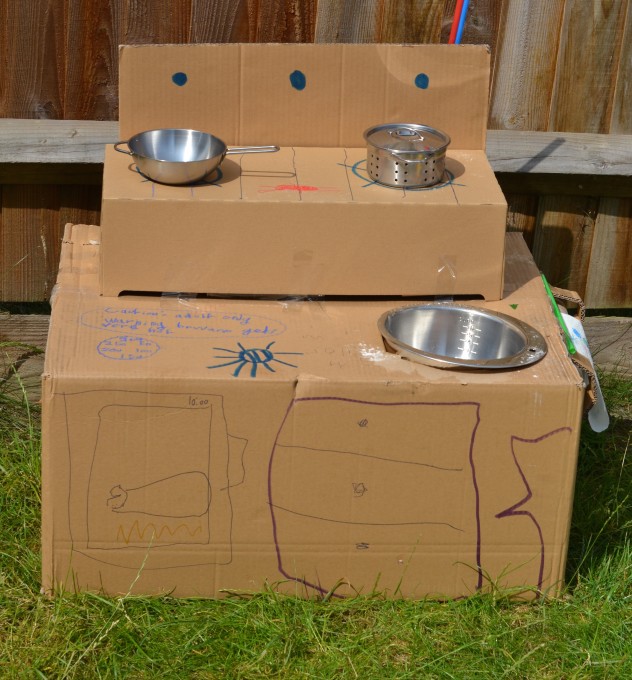
Discover how materials can be weak in some circumstances, but very strong in others. Egg shells are a great example of this!
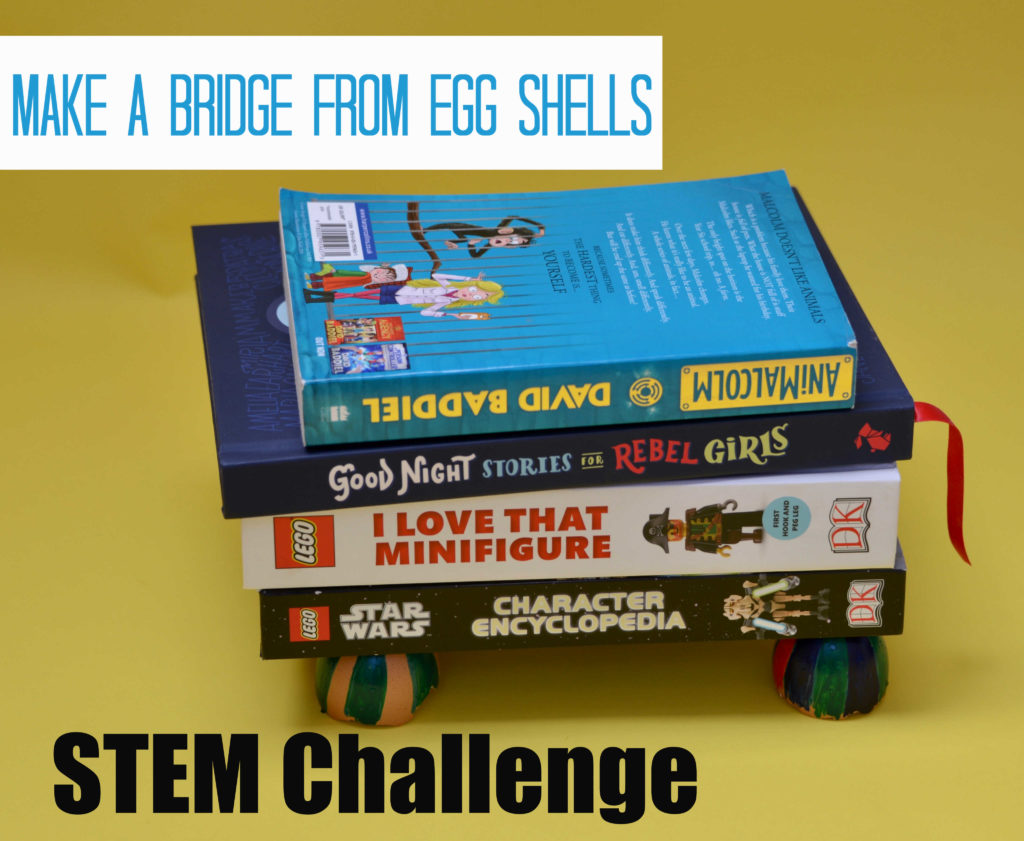
Magnetism Investigations for Kids
Learn about the different poles of a magnet with these easy sugru cars.
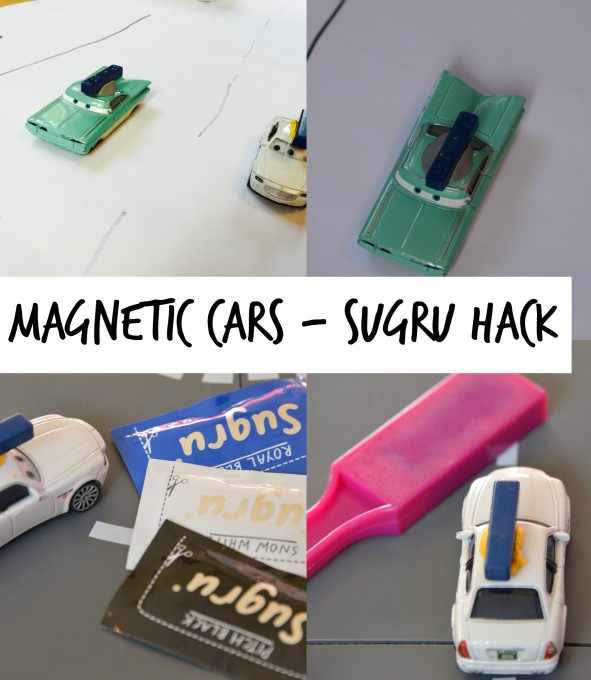
Or, make your own magnet maze to test different materials.
Did you know you can use magnets to defy gravity?
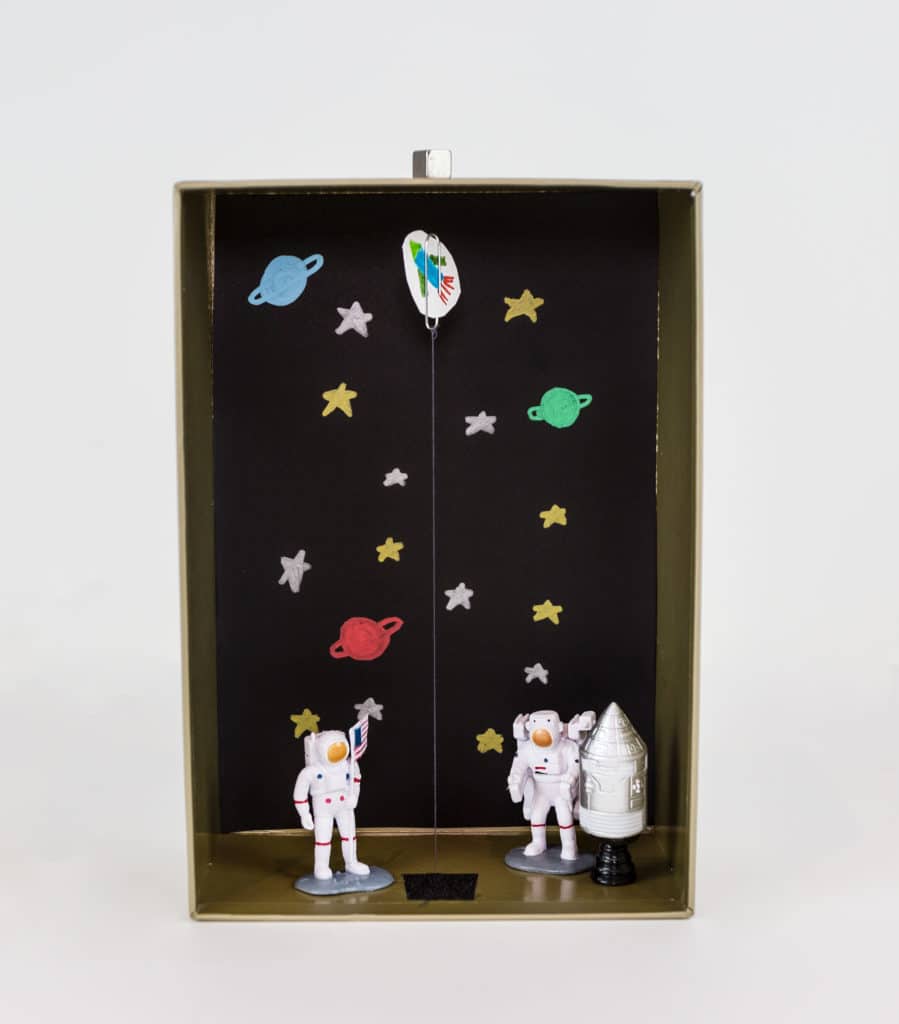
Waterproofing Experiments for Kids
This save the dinosaur investigation is my favourite of all my waterproofing activities! The idea is you print the free sheet of dinosaurs, cover each dinosaur in a different material and spray with water to discover which material keeps the dinosaurs the driest!
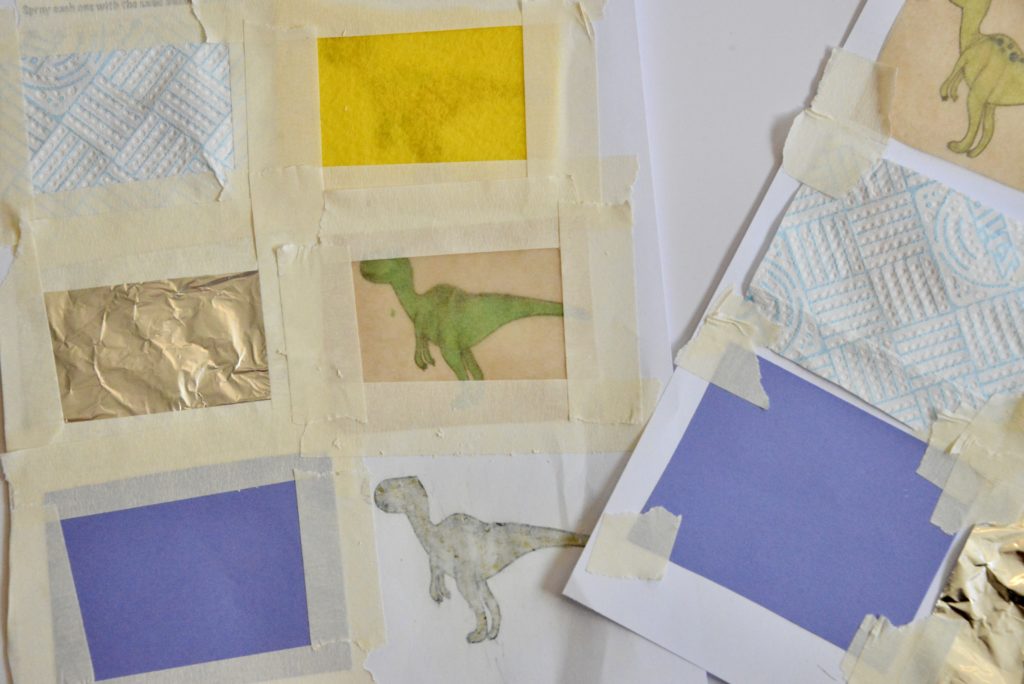
Another very similar activity is my waterproof a boot investigation.
Find out which natural materials make the most waterproof roof for a lego house.
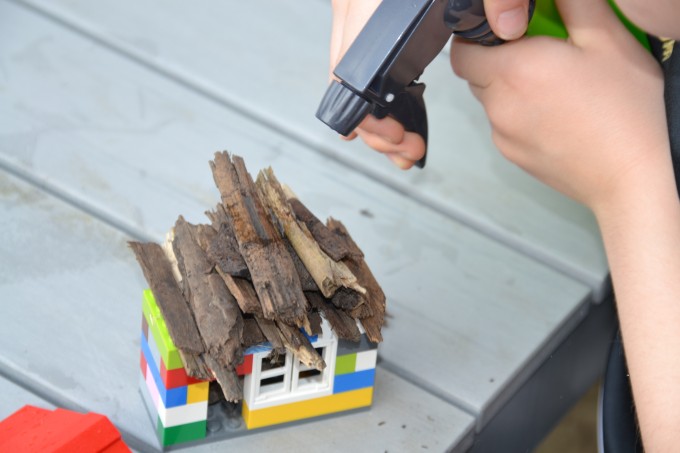
Submerge soft toys underwater wrapped in different materials to see which is the most waterproof.
Find out which materials make the best boat or make an umbrella for Incy Wincy spider.
This sugar cube investigation is also great for testing how waterproof different materials are.
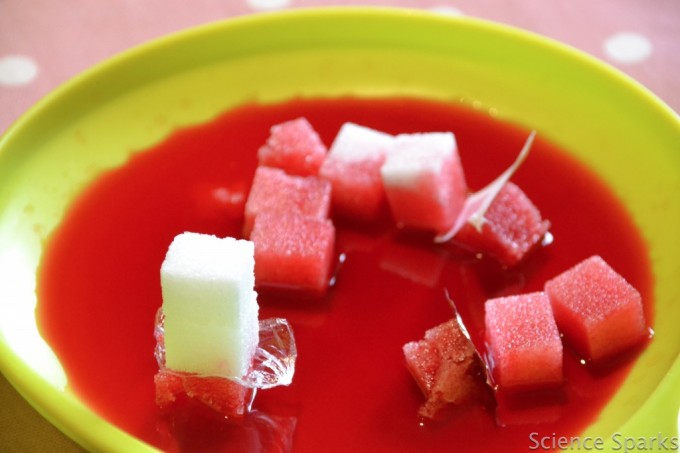
Sound Science Experiments for Kids
Explore which materials work best at muffling sounds or try making a guitar and muffle the sound of that.
A bottle xylophone is super easy to set up and sounds amazing!
Did you know you can see sound? This fun investigation allows you to do just that!
A straw flute is another fun sound experiment perfect for learning about pitch.
Suitable for Key Stage 1 - Materials and their Properties
Can you think of anything we've missed?
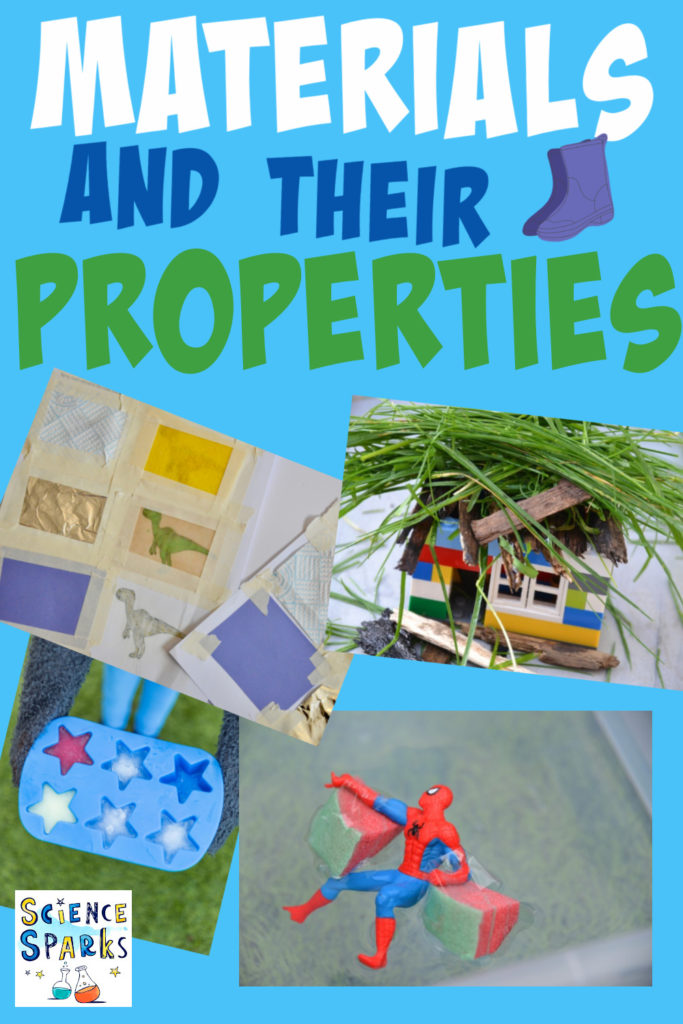
Last Updated on August 26, 2021 by Emma Vanstone
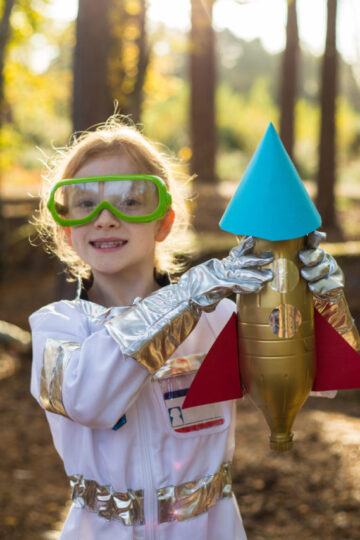

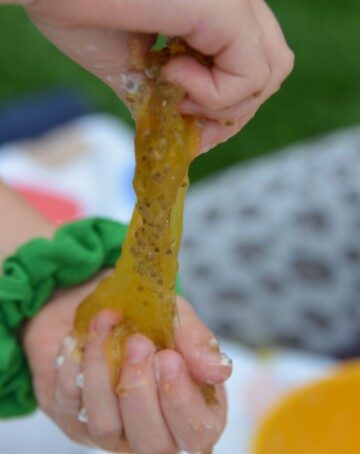
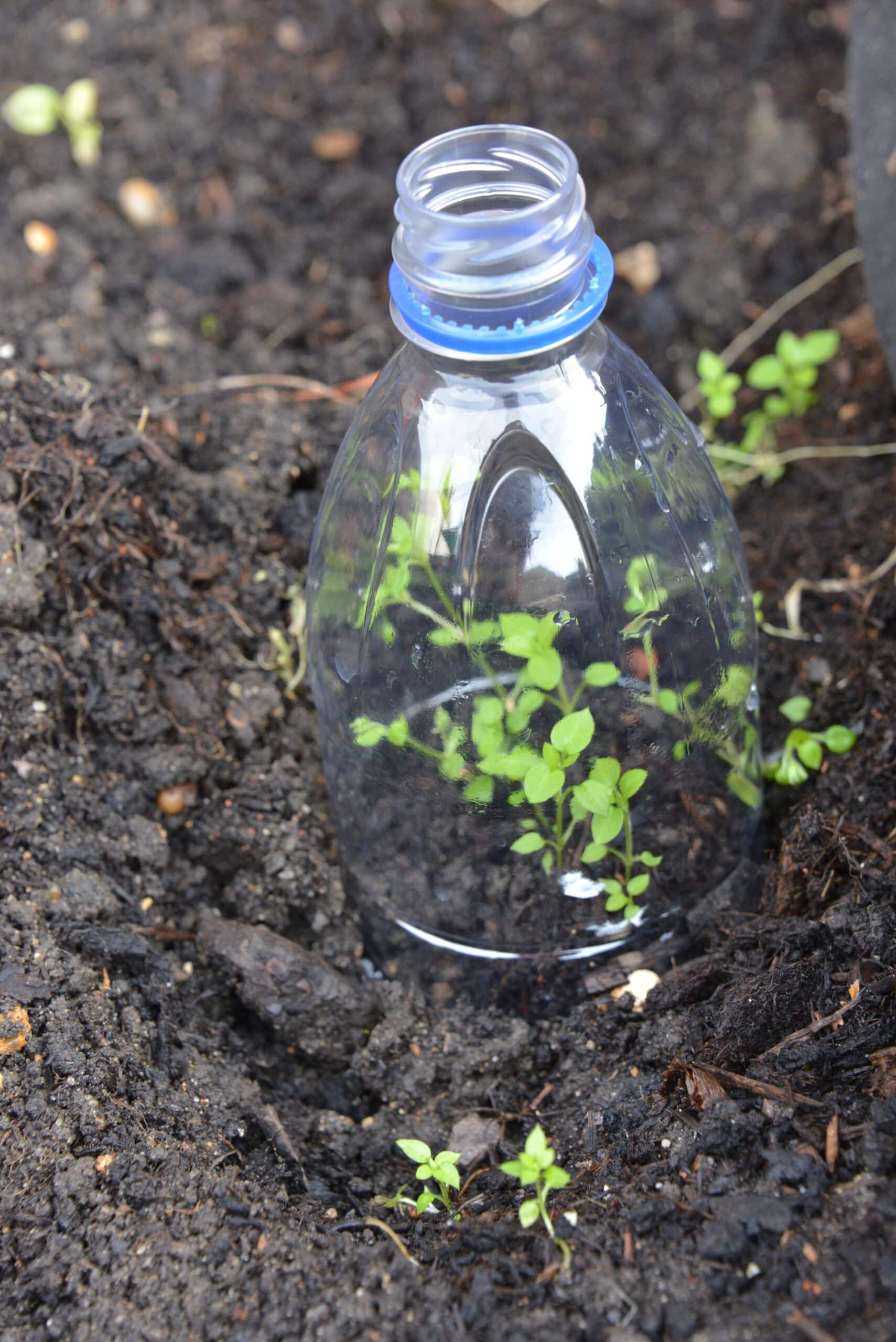
MotherGeek says
Some brilliant ideas here - thanks 😀